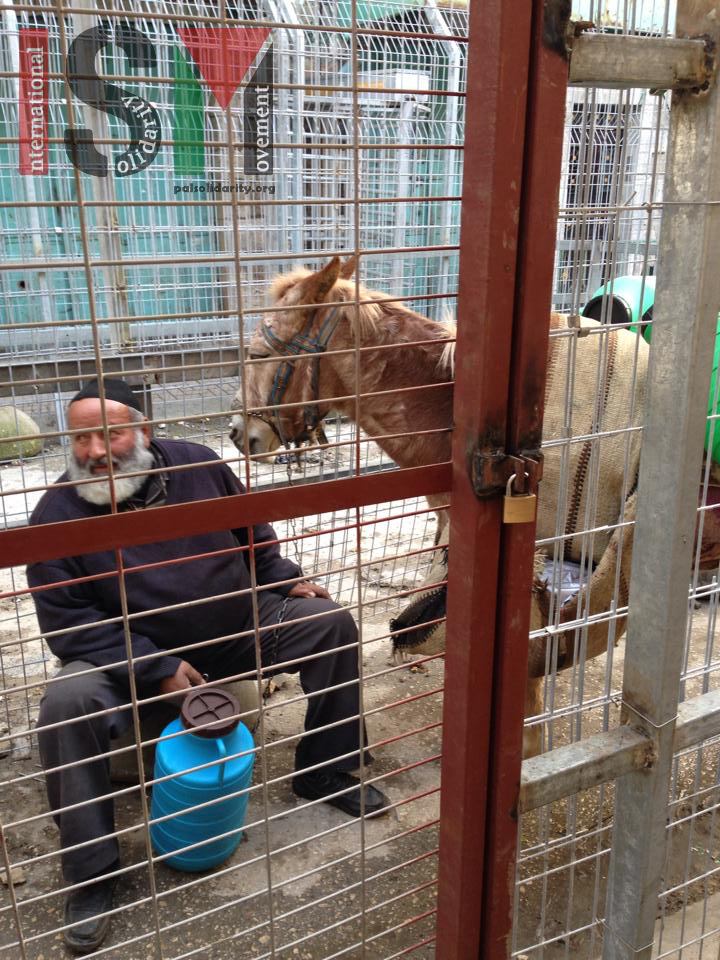Category: Video
-
VIDEO: Israeli soldiers close key checkpoint in Hebron
31st December | International Solidarity Movement, Khalil team | Hebron, Occupied Palestine At approximately 14:30 yesterday afternoon, ISM activists approaching Checkpoint 56 from both directions found that it was closed and Palestinians were stuck on either side. Israeli soldiers gave conflicting excuses for closing the checkpoint, none of which were supported by any apparent evidence. On the H2 (Israeli controlled) side…
-
VIDEO: No donkeys allowed
17th December 2014 | International Solidarity Movement, Khalil team | Hebron, Occupied Palestine Mohammad Saleh, a sixty-six-year-old Palestinian resident of Tel Rumeida, al-Khalil (Hebron), waited with his mule outside Shuhada checkpoint for nine hours over the course of two days. He spent four hours waiting before being allowed through on Monday (15/12/14) evening. He then spent five…
-
VIDEO: Non-violent protest met with tear gas and stun grenades
29th November 2014 | International Solidarity Movement, Khalil team | Hebron, Occupied Palestine Today in al-Khalil (Hebron) families gathered to stage a peaceful demonstration protesting the continuing closure of the Shuhada checkpoint. The rally consisted of approximately 50 Palestinians, of all ages. The protesters met outside of the closed checkpoint at 1 pm, armed with nothing…



